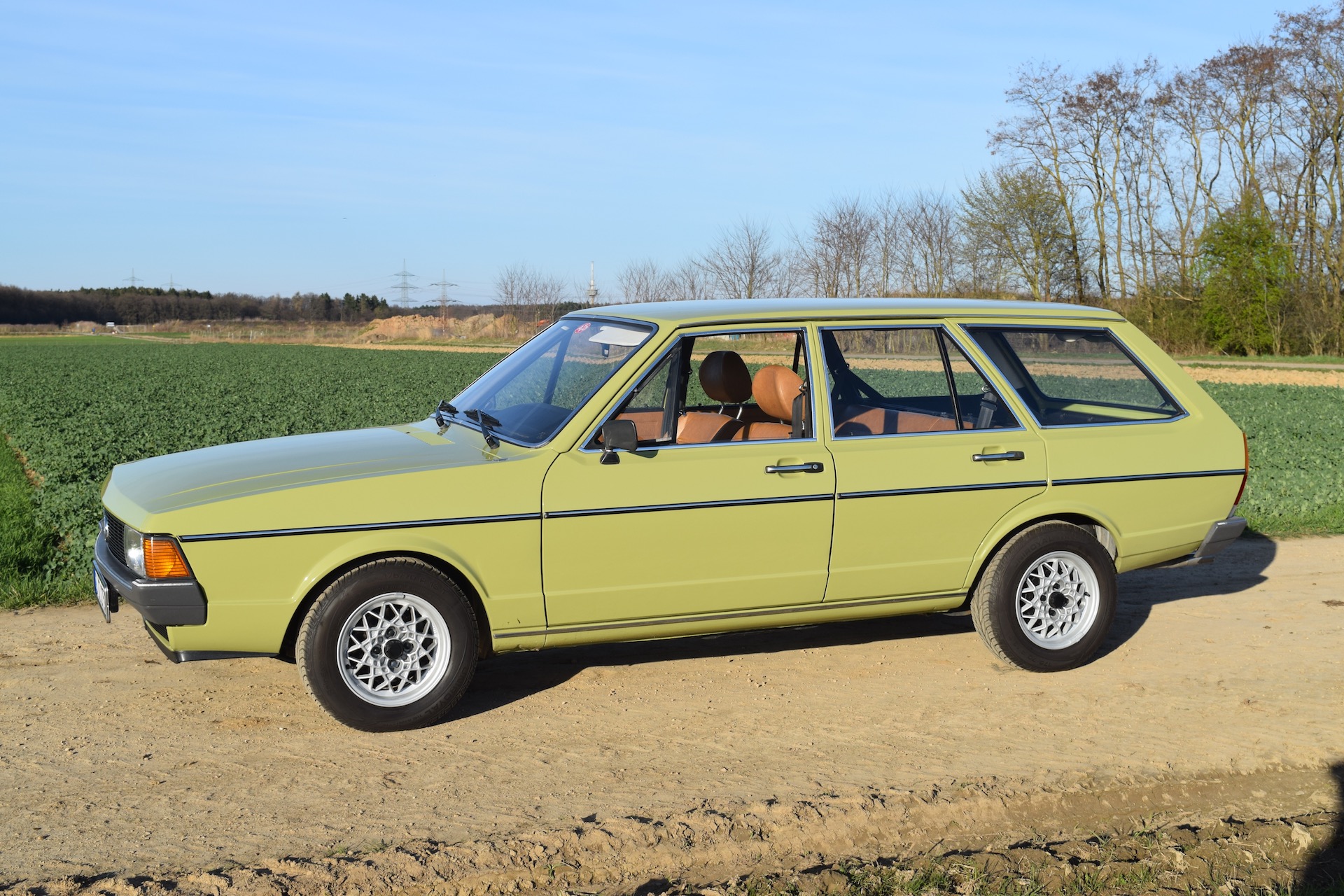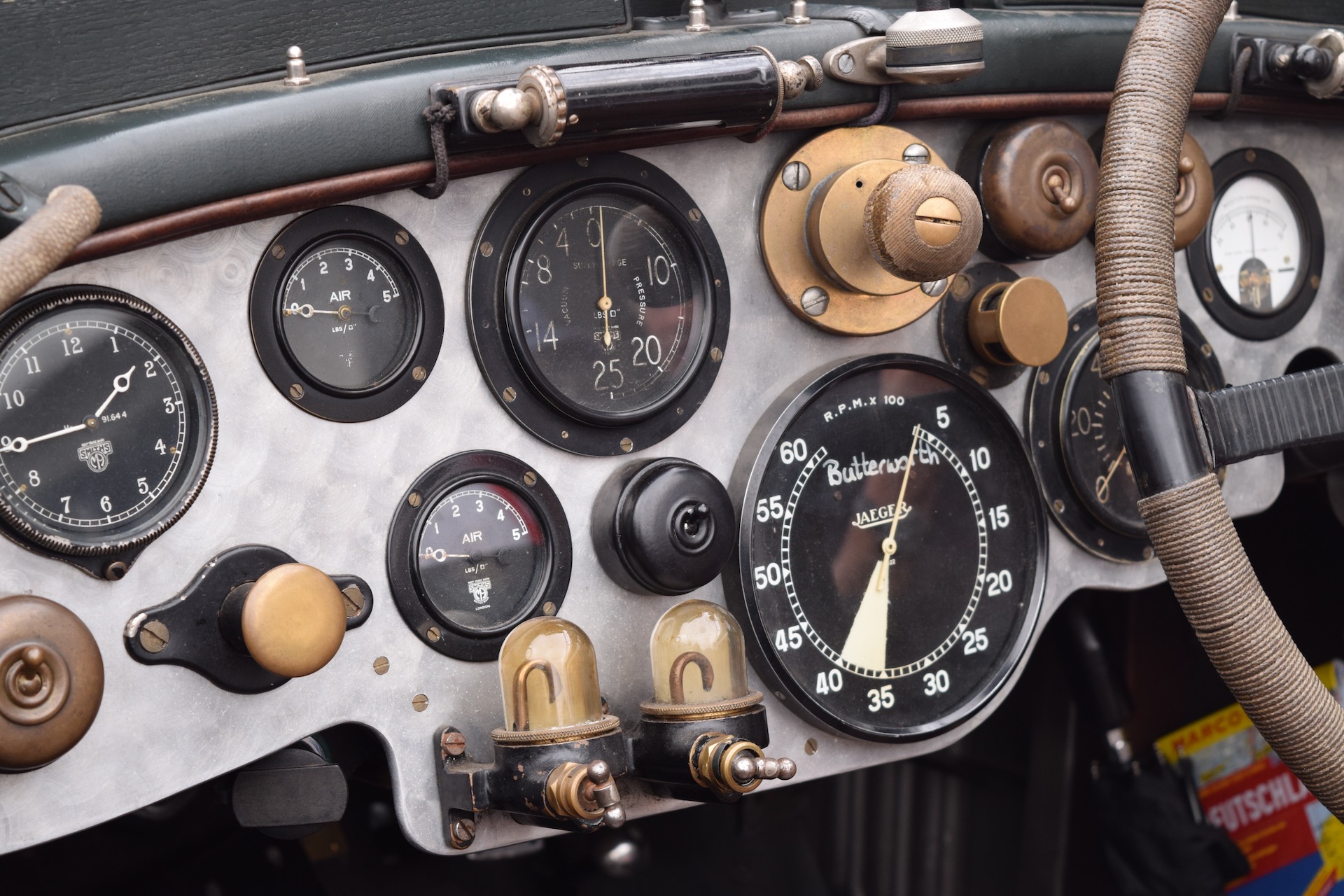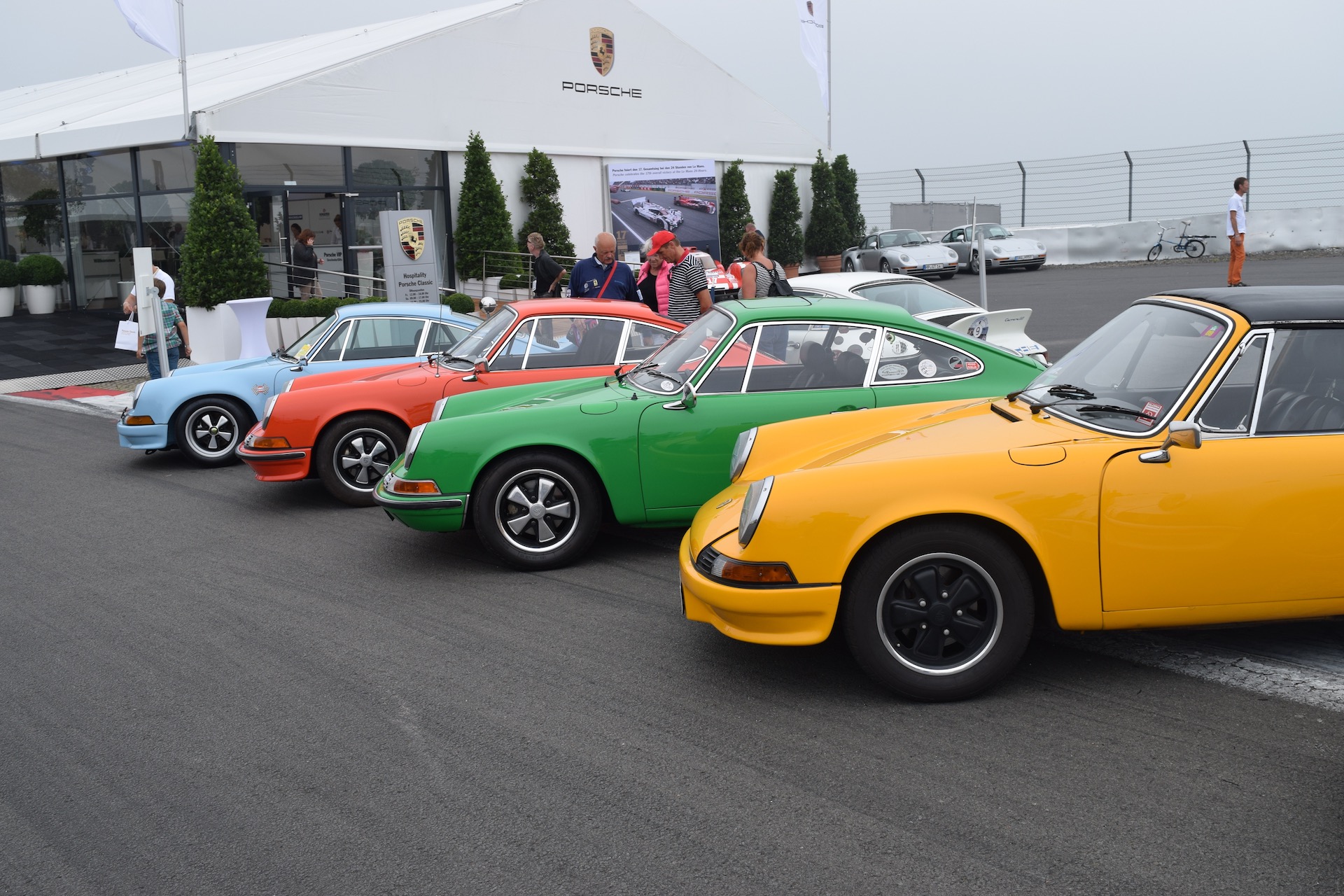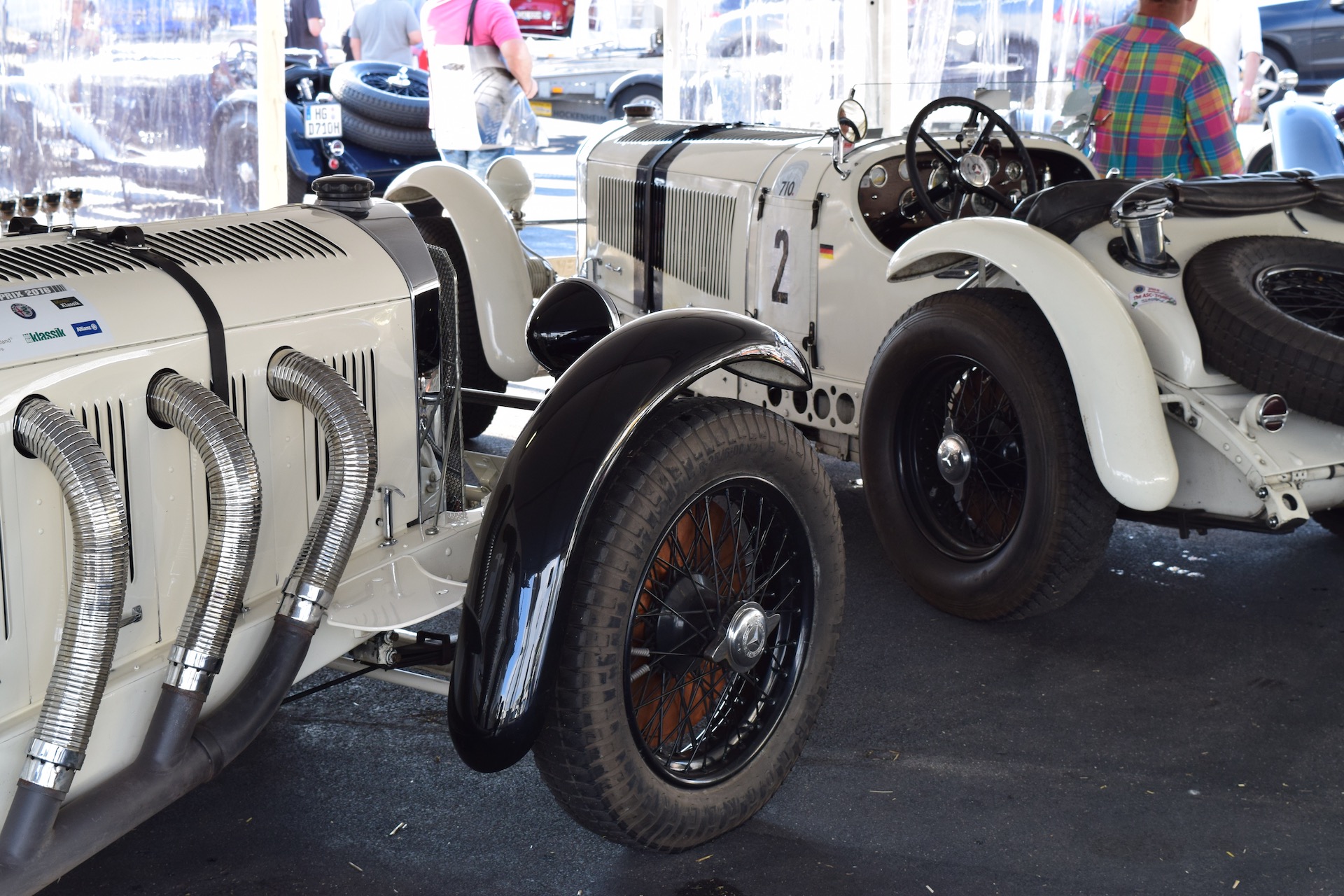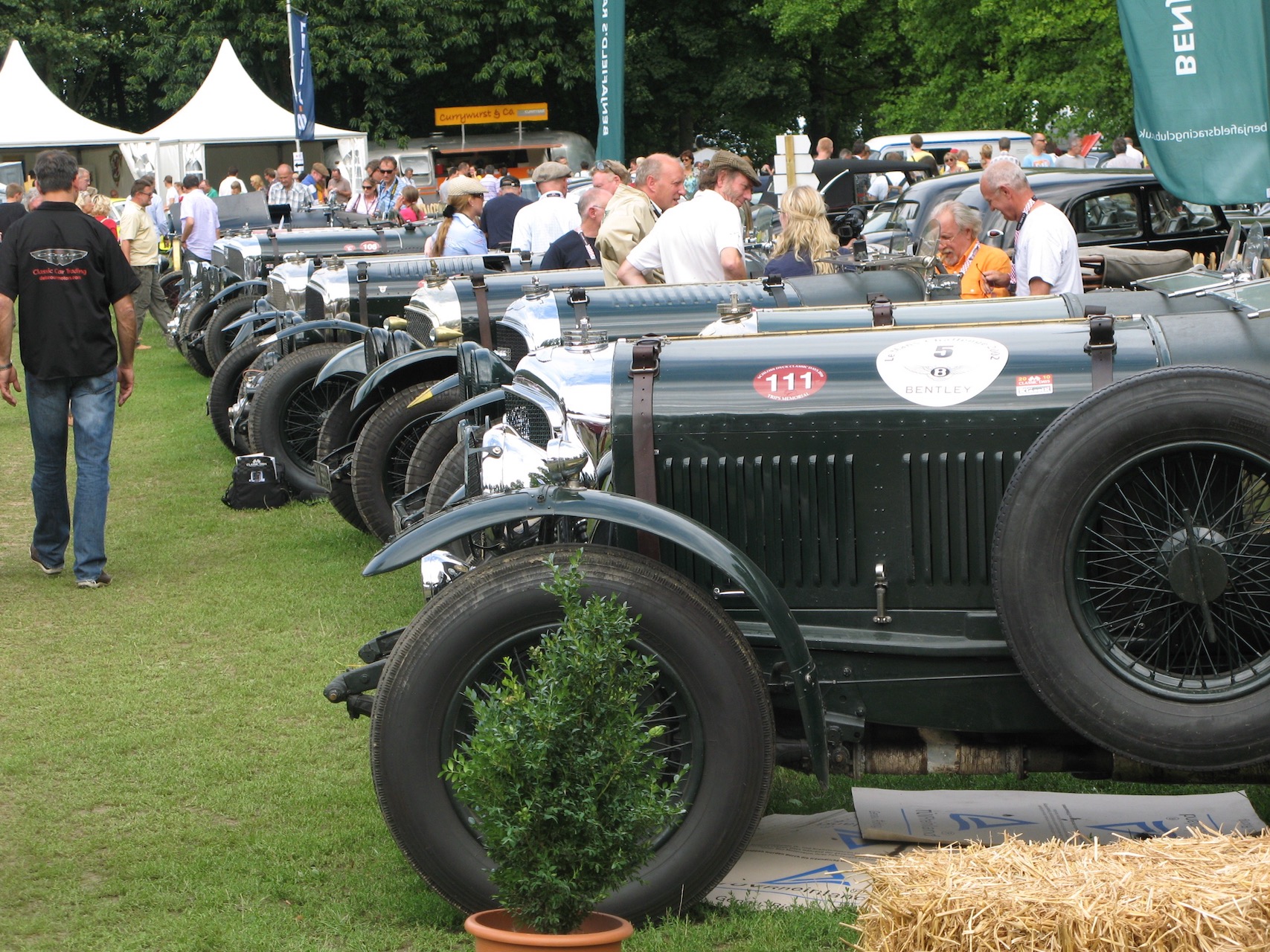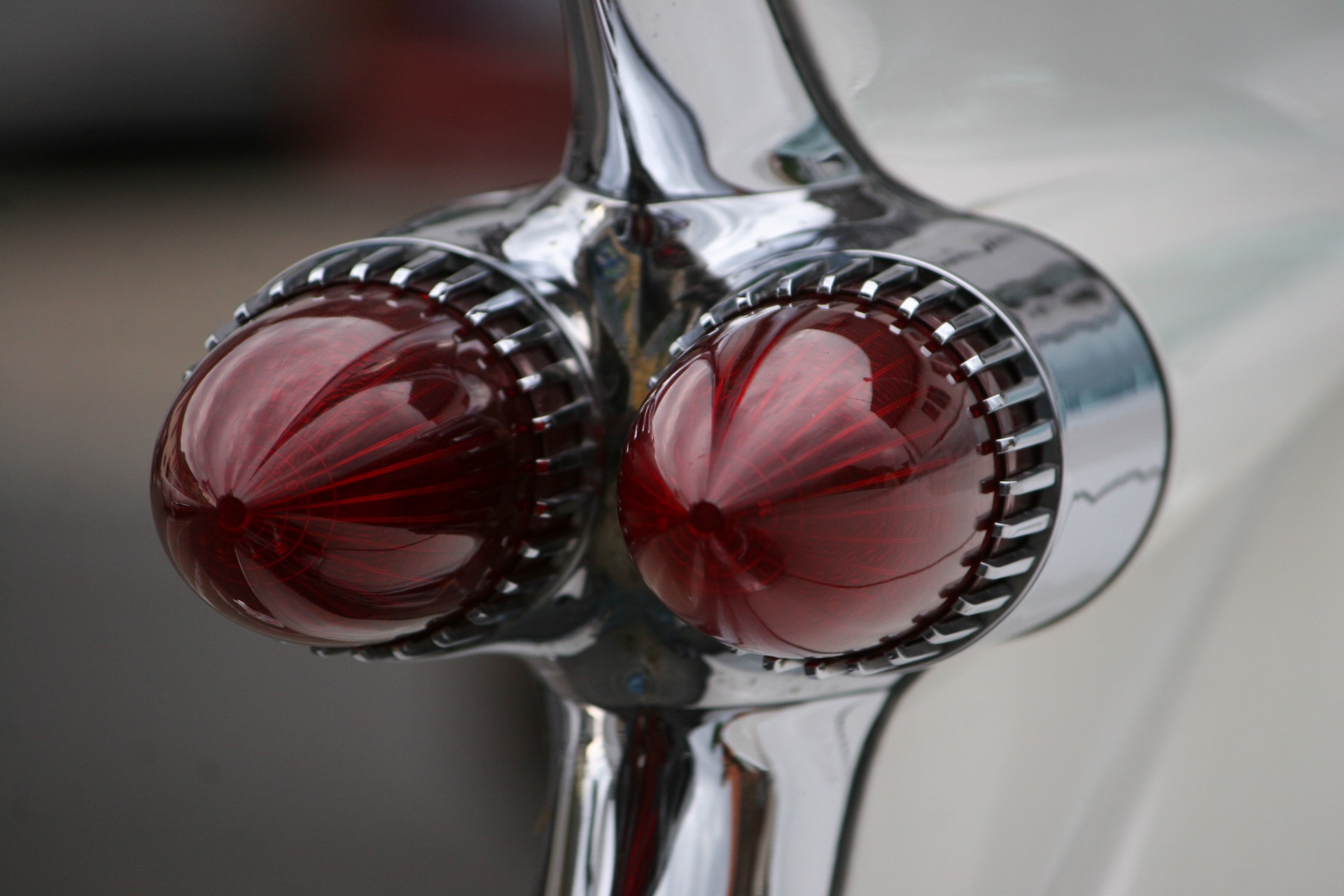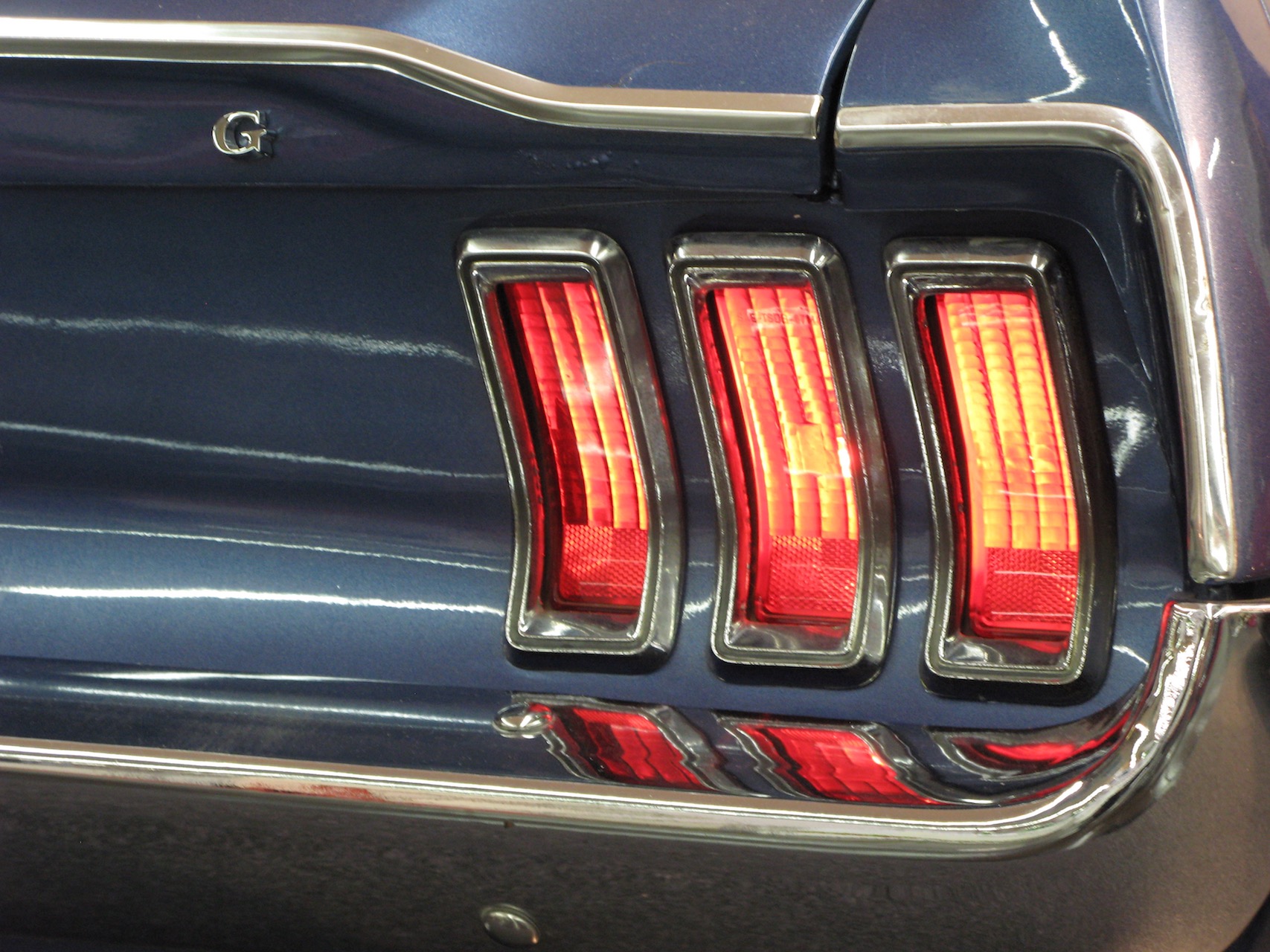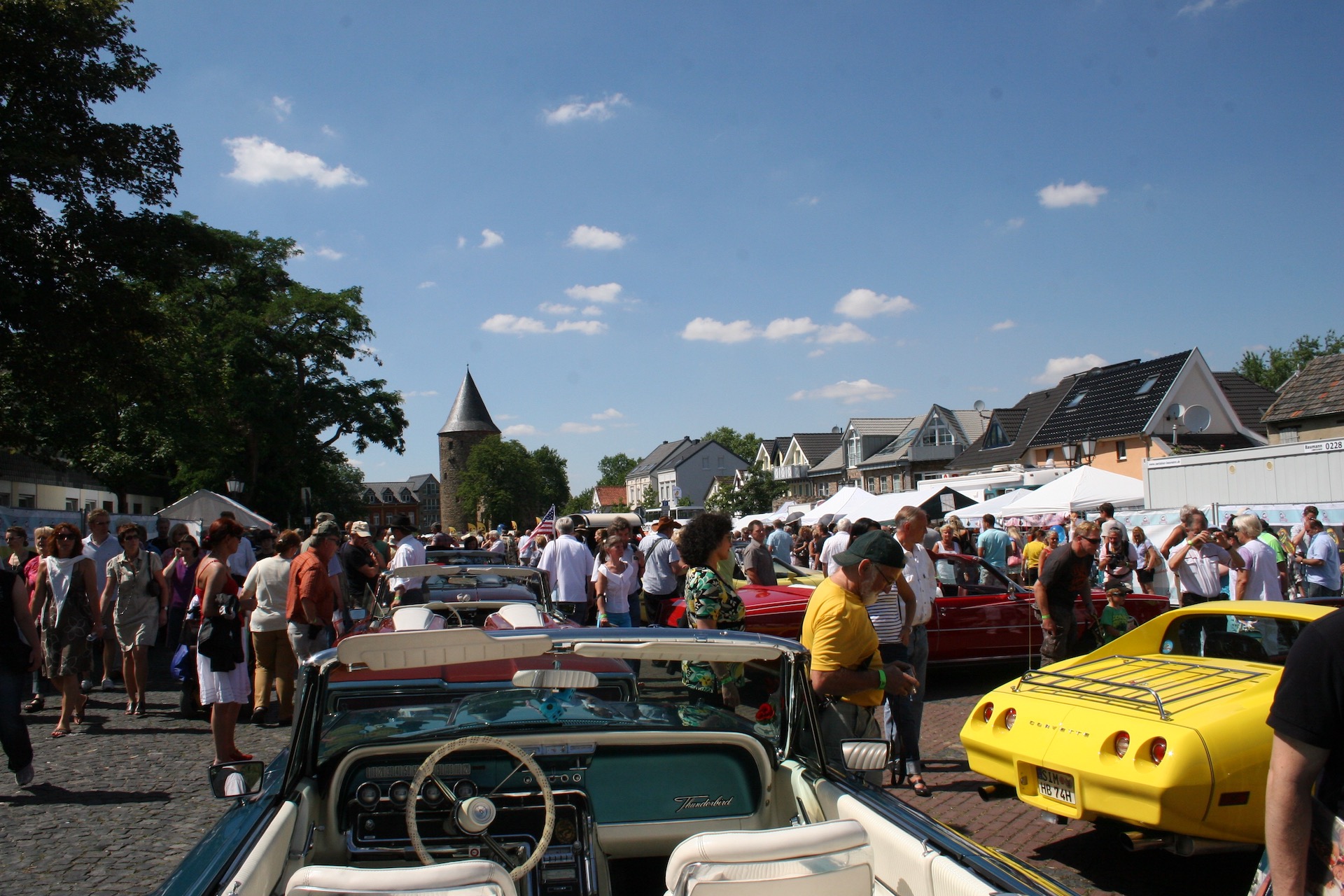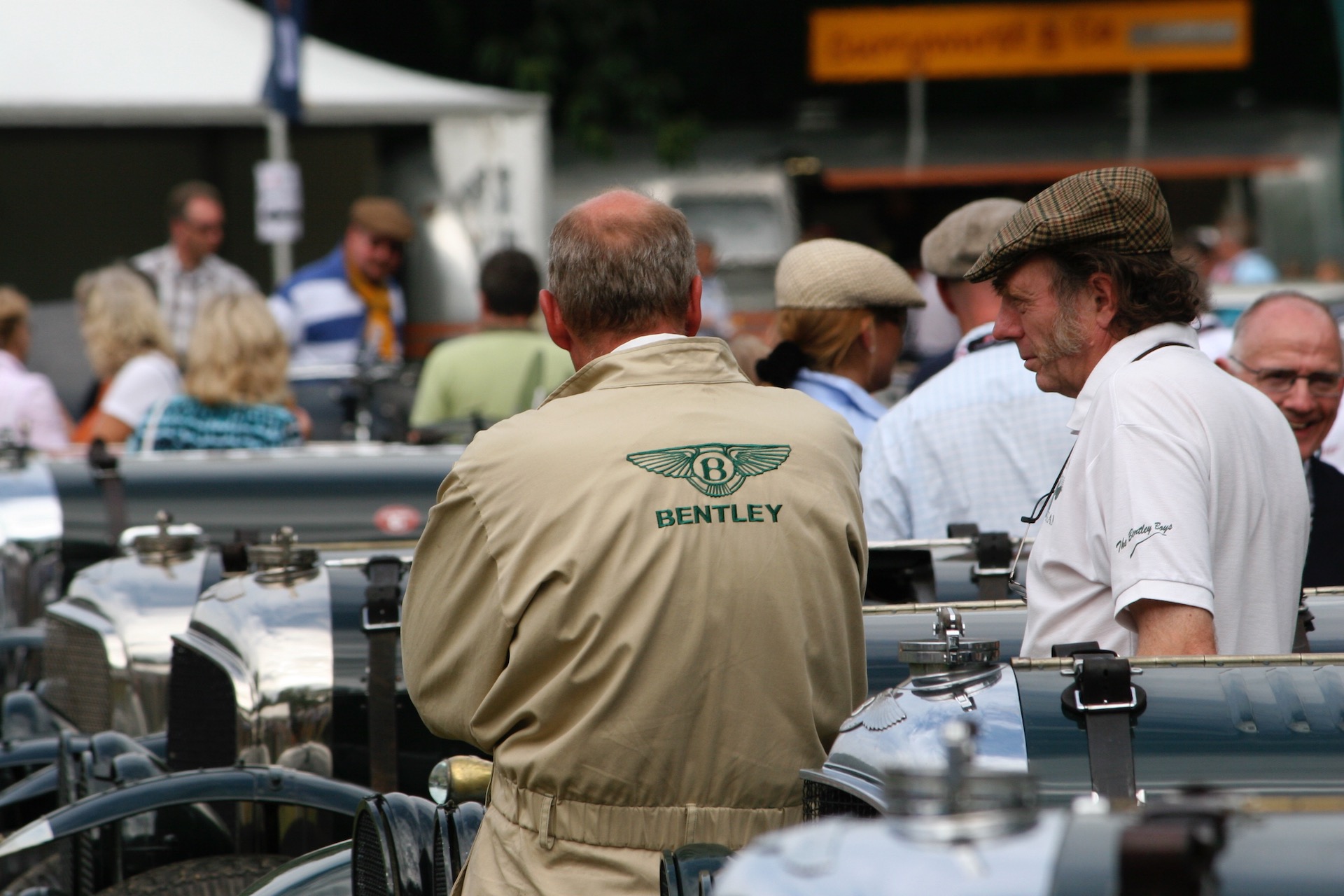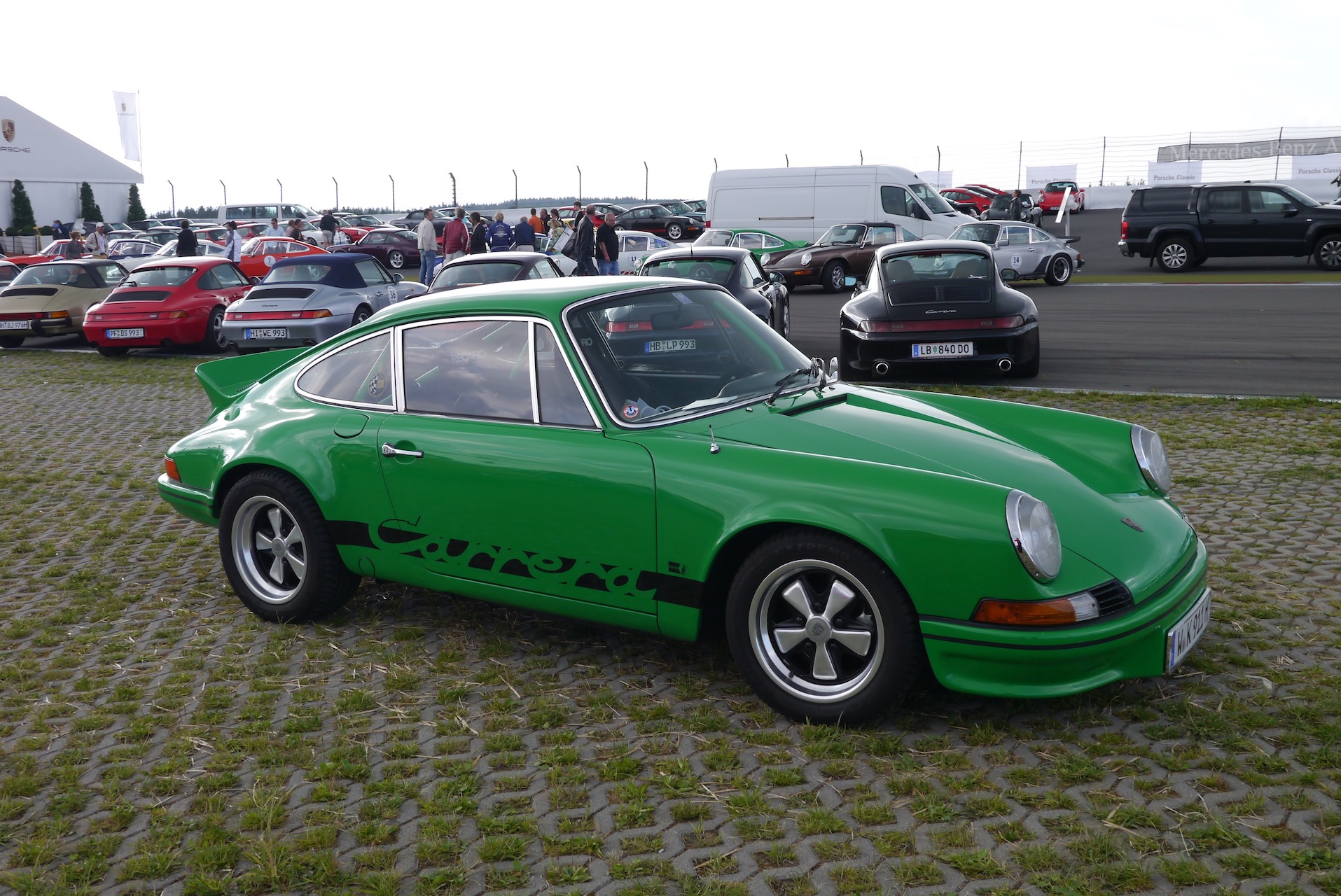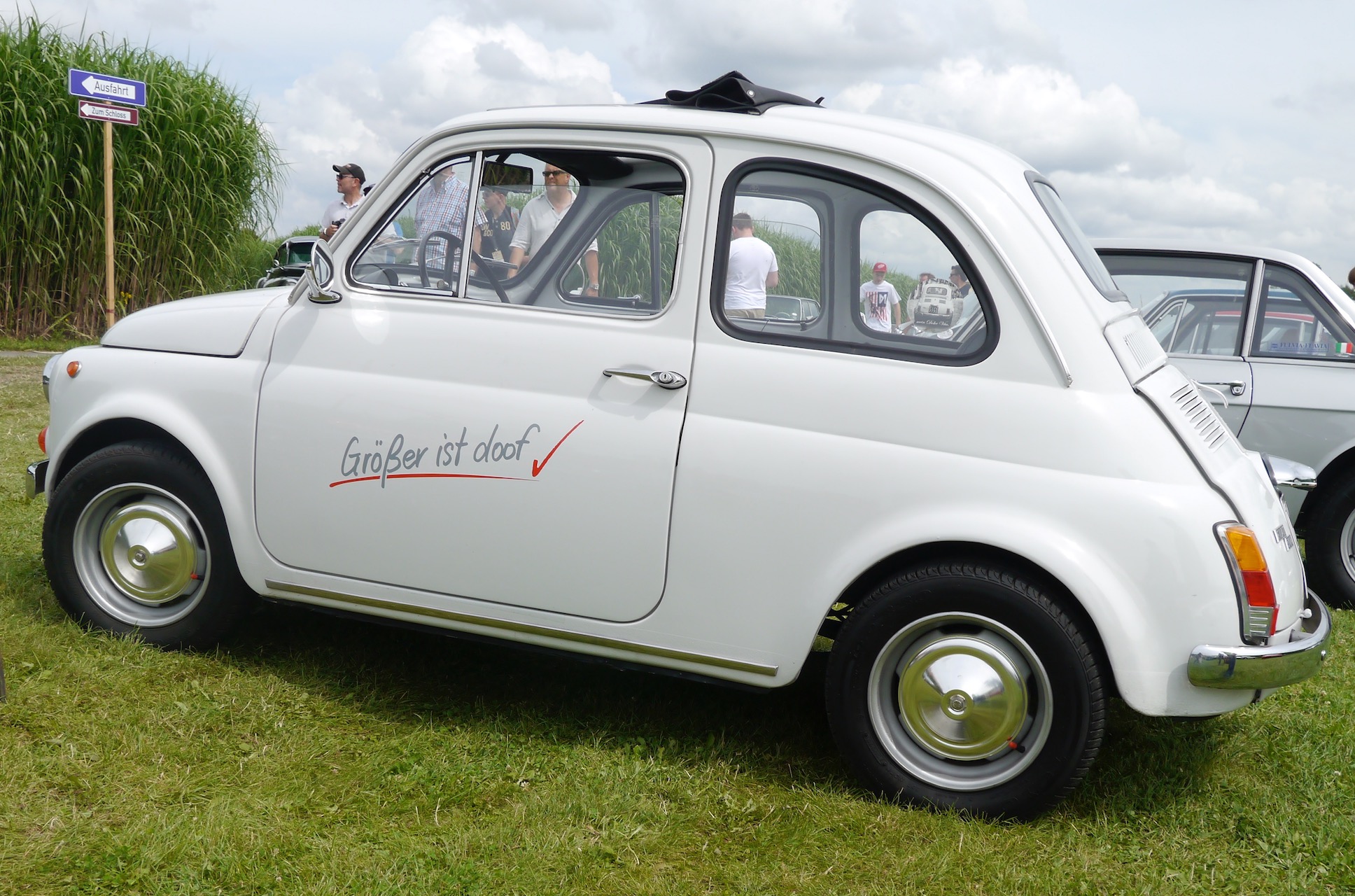Rolling Capital
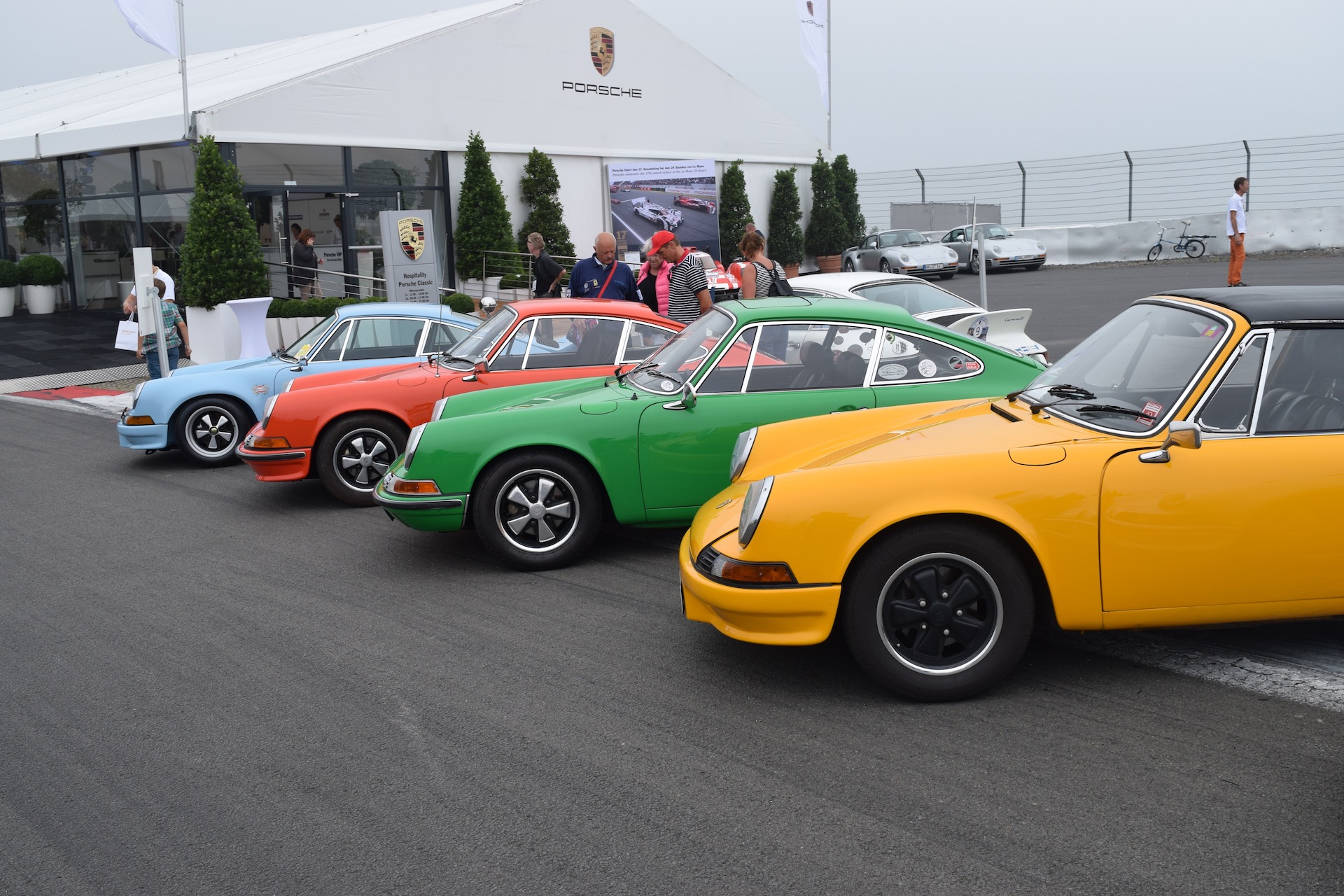
Text & Photos: Tobias Zoporowski
This article originally appeared in 0dB - Das Magazin der Leidenschaft N°2
A small auto repair shop in the Voreifel, between Bonn and Cologne. The air is filled with the scent of gasoline, rubber, and oil. On the middle of three lifts, a '66 Mustang sputters away at idle, while on the far left, an early Porsche 911 is getting its annual service. Yet these two valuable classics are largely ignored, as three mechanics and a handful of "onlookers" gather around the open hood of a delicate green station wagon. They're having an expert discussion about the last time they saw "one like this." The object of attention: an early VW Passat Variant, built in 1980. Back in its day, it was a favorite among government agencies, tradesmen, and families, built hundreds of thousands of times, but today it's nearly extinct. The Kraftfahrtbundesamt (KBA) currently knows of barely 40(!) vehicles of this type still registered. That makes it the real sensation here—much rarer than the Porsche and the wild pony. Yet it's worth only a fraction. The lively debate continues: "Who would even keep something like this? Back then, these things were used up and thrown away. It's not really a classic car," a customer remarks. "Why not? Every classic car show is full of old Porsche. These days, everyone who wants to make a statement buys one," counters another.
Desire or Profit?
Unconsciously, this small group of men is discussing a phenomenon that's been observed for years. The classic car scene—long past the image of greasy garage tinkerers—has not only become a profitable business sector, but it's also increasingly divided. There are the enthusiasts, fulfilling long-held dreams from their youth, or, as in the case of the Passat owner, reclaiming a piece of their idyllic childhood.
And then there are the "profit seekers": financially strong investors who care less about the rolling cultural assets themselves and more about the potential profit margins when reselling a high-end classic. As a third group, there are the "true believers," who still use old cars in everyday life as a matter of course. They don't want to lock them away as "garage queens" or collector's items, but instead, they defiantly present them as an antithesis to the ultra-modern "ABS-ESP-twelve airbag-multifunction assistance system" computers on four wheels. Worlds that can't coexist? It seems so at first glance. But whether investor, practical everyday user, or "petrol head"—ultimately, they're all striving to preserve certain values. The only difference is their perspective.
The End of the Line
The "value" of automotive classics is a tricky thing: not every old car that makes it to its 30th birthday and, thanks to an expert opinion, is declared a classic, becomes valuable overnight—at least not financially. The owner of the aforementioned VW Passat may be pleased that a recent appraisal puts its value at nearly the original price from 37 years ago, "but that's basically the end of the line. It probably won't go up any further in the near future," says the responsible inspector from TÜV Rheinland. Why? Despite its rarity, this humble Wolfsburg car isn't a sought-after classic; only a small circle of hardcore fans are interested. On top of that, it's a "national phenomenon." While it's firmly anchored in the collective memory of most Germans, the VW wagon barely matters beyond the country's borders.
It Doesn't Always Have to Be Porsche
The story is different for a Porsche 911, a Ford Mustang, or a VW Bus T1—vehicles that are internationally recognized, sought after, and traded as automotive icons. For years, the demand for top examples has outstripped supply, which not only drives up prices but also attracts a lot of imposters to the market. Recently, the price hysteria around classic Porsche and especially the VW Bus T1—particularly the coveted "Samba" variant—has calmed down a bit, but prices remain at a (very) high level. And that’s unlikely to change any time soon.
For those with a latent interest in classics who are enthusiastic about older cars that are still fully suitable for everyday use and at least hold their market value, it's worth taking a look at various mid-range models from the mid-eighties to the early nineties. Typical representatives: Mercedes-Benz series W124 (200 D, 500 E) and W201 (Mercedes 190). Solid, thoroughbred Swabians that weren't designed with cost-cutting in mind, have long since passed their greatest depreciation, and have proven their long-term durability. Anyone who warms up to these isn't "burning" money, but instead gets a safe classic in return—one that brings the notion of "lasting value" to life in several ways. Some examples, like the timelessly stylish W124 Cabriolet or the Porsche-built powerhouse sedan 500 E, are in fact both emotional and financial investments that steadily, if slowly, appreciate in value.
Ultimately—and this is the well-meant advice of a longtime vintage car enthusiast—when it comes to classic cars, the focus shouldn't be on monetary interests, but on the joy of working with old technology and owning something that not everyone has (anymore). That’s a true value in itself, one that genuinely lasts!
